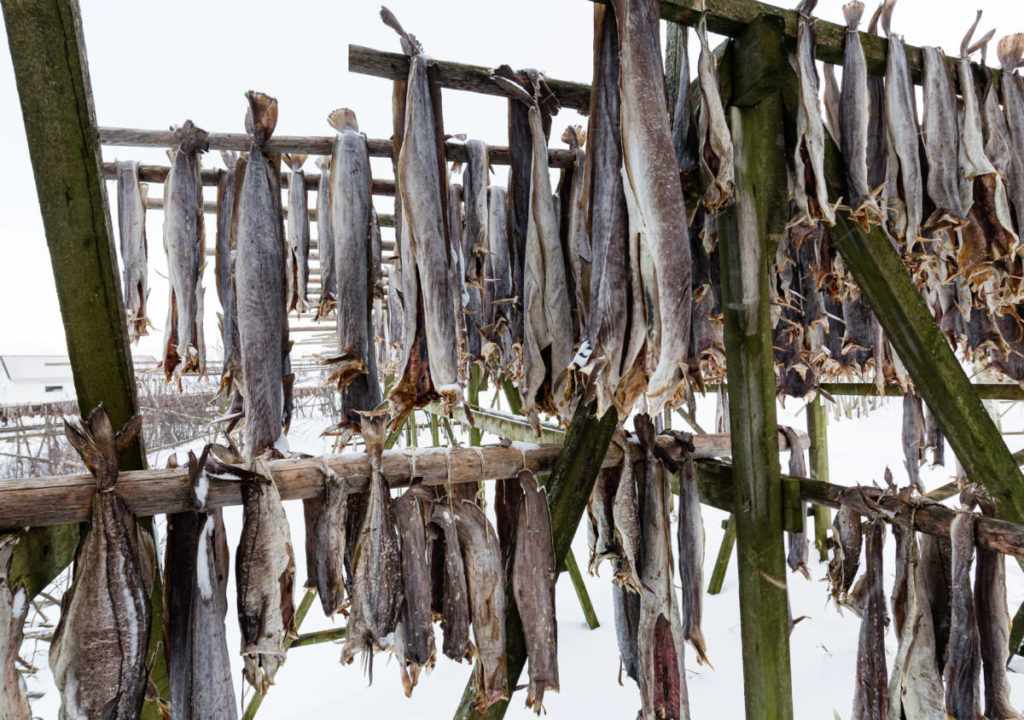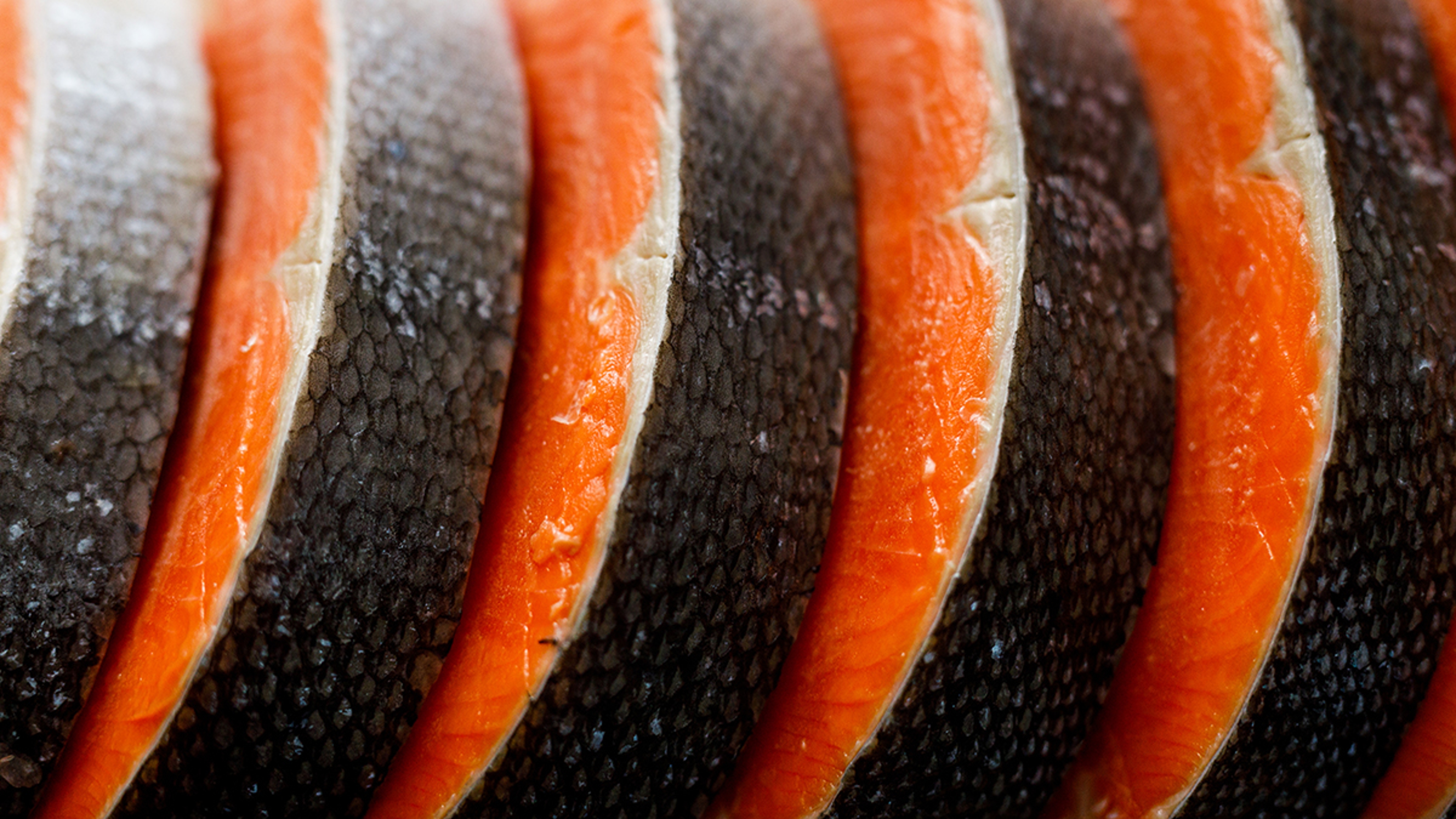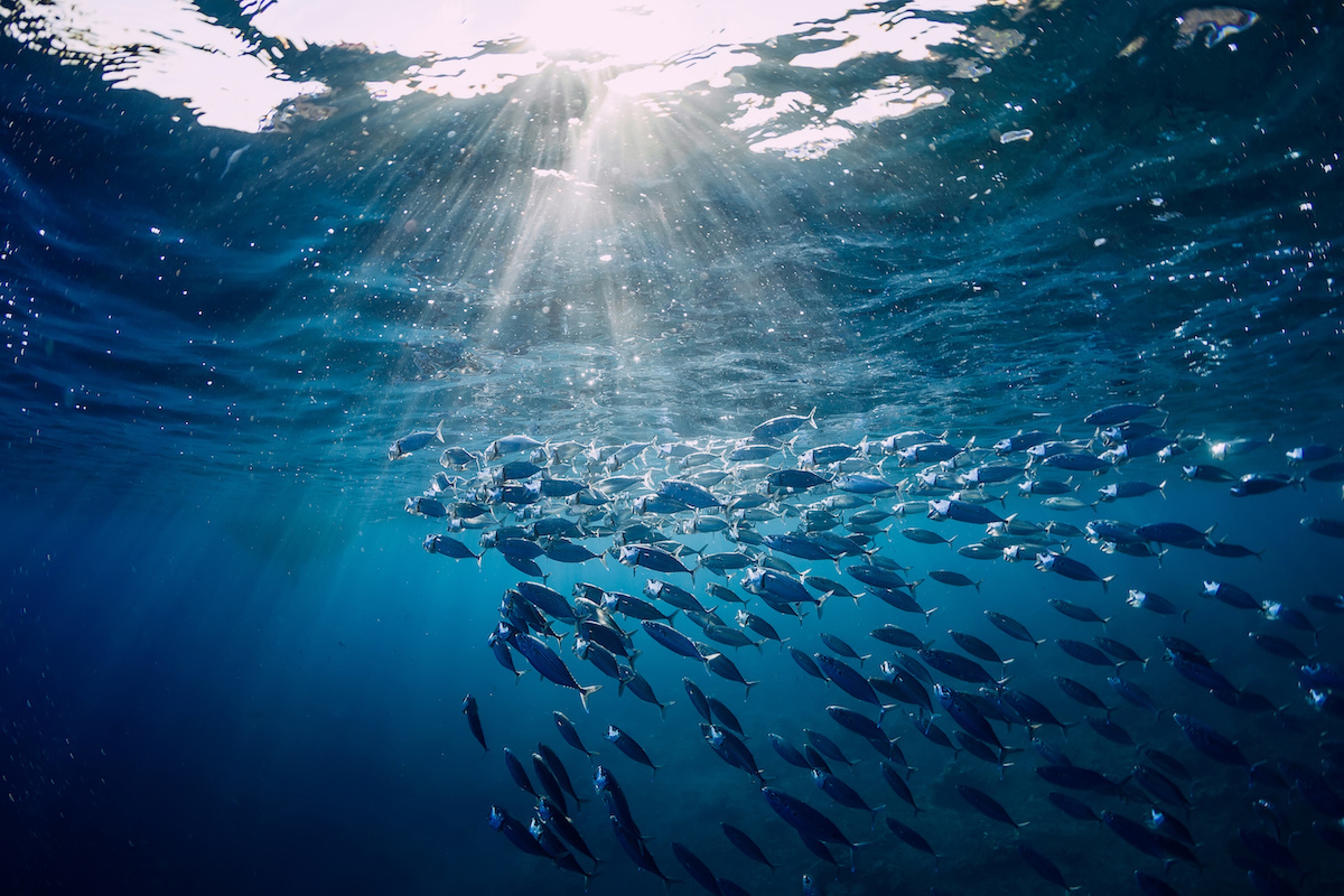Salmon Jerky: Seafood in Your Pocket
Salmon jerky offers the goodness of our favorite fish along with maximum convenience.
Mar 17, 2022

Trying to avoid sugary sweets, but getting stumped at snack time? Looking for a nutrient-dense hunger-buster that doesn't resemble today's special at a donut shop? Maybe you're thinking about a sustainable, portable, savory protein that will curb a rumbling tummy without the sugar spike found in most protein bars?
Then it's time to become acquainted with your new snack bestie: Salmon Jerky.
Tasty, convenient, and nutritious, jerky of all kinds is a great way to pack whole-food protein and satisfying fats in a portable, zero-prep form for when those hunger pangs strike and you're in need of protein, stat!
While you've likely eaten beef jerky, true salmon superfans can attest that when you need your wild-caught salmon fix in a hurry, nothing compares to pulling one of these deep-orange, individually wrapped salmon bars out of a pocket or purse and enjoying the flavor you love in an ultra-convenient form.
Real Cavemen Eat Jerky
While dried fish or meat may be a new concept for some, it didn't seem strange to our ancestors. In fact, drying may be the oldest food preservation method practiced by humans. That means it's a major reason why we've survived, and often thrived, in a world where fresh food was often in short supply.
Major advances in human societies occurred not just because humans had sufficient food, but we had sufficient techniques to store that food. After all, you can't invent the wheel or a light bulb if you're busy hunting for tonight's dinner because you had no way to keep what you hunted or picked yesterday.
Dried food also facilitated travel, as dried food, light and filling, is the ultimate portable feast.
That's still true. When you're on the go and the airline pretzels aren't going to cut it, the jerky you brought along offers subtly sweet satiety.
Jerky's Murky Origin
Unlike canning as a preservation method, we don't have a precise date to attribute the invention (or rather, discovery) of drying food for storage.
Drying predates all other techniques because, unlike freezing or canning, it requires no other technology aside from sunshine, or a gentle breeze in a shady spot. It does, however, require low humidity, which is why cultures in arid lands depended upon dried foods more frequently.
While eastern civilizations have been drying foods since 12,000 BCE, it wasn't until 2,800 BCE that those organized Egyptians mastered the art of drying fish and even poultry on a larger scale.
In the Middle Ages “still houses" were built to ensure slow and gentle dehydration of foods in a controlled environment.
Ancient Central American cultures sun-dried cocoa leaves and fruits as well.

Today, most of us keep jars and bags of dried foods in our pantries: beans, rice, perhaps even dried mushrooms or dried shrimp for a fish sauce, as well as seaweed, and spices.
One reason we preserve this preservation method in the modern day: Drying is a way to concentrate or enhance certain flavors. Oregano, parsley, rosemary, thyme, black pepper - all undertake a strong and pleasant flavor profile change that renders these herbs almost unrecognizable compared to these plants when fresh.
Many find this to be true for dried salmon jerky. Desiccation concentrates and deepens salmon's flavor, and imparts a chewy texture that many of us find irresistible.
Stay Perky with Jerky
We pride ourselves on our freshness at Vital Choice - and our dried jerky is no exception. A delightful combo of fresh, flavorful wild sockeye and fattier (which means softer and richer) keta salmon, it is simplicity itself. Our kosher strips feature organic herbs and spices, sea salt, a bit of smoky flavor, and a light touch of organic sugar. No gluten, nitrates, nitrates, or artificial preservatives.
Wild-caught salmon in a pocket? What's not to like?







